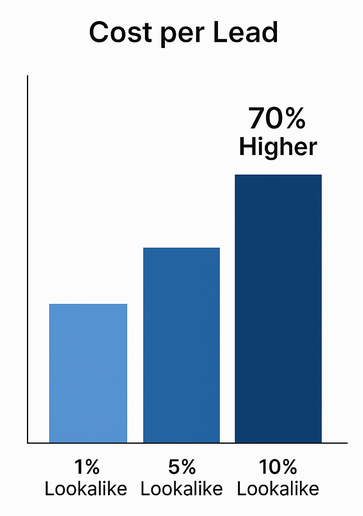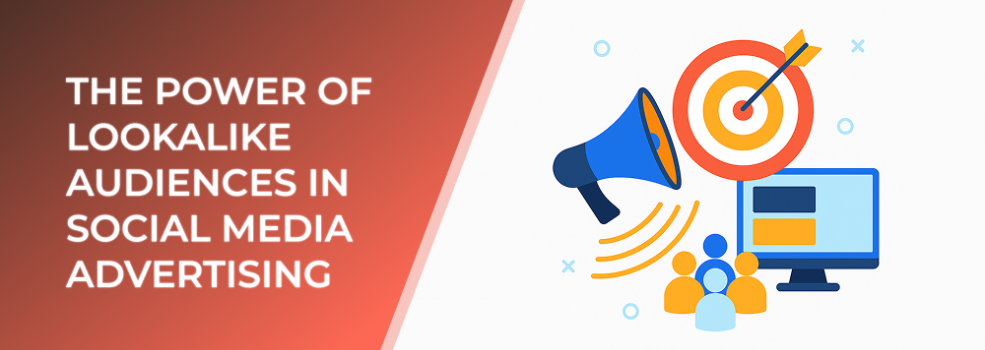In the fast-paced world of social media advertising, one of the most powerful targeting strategies available today is the use of lookalike audiences. These audiences allow advertisers to expand their reach beyond existing customers by finding new users who share similar characteristics, behaviors, and interests. This strategy helps optimize ad spend and achieve higher engagement with minimal trial and error.
What Are Lookalike Audiences?
A lookalike audience is a group of users who resemble your existing audience—for example, your current customers, website visitors, or engaged social media followers. Platforms such as Facebook, Instagram, LinkedIn, and TikTok analyze thousands of data points to identify new people who are statistically similar to your best-performing audience segment. This method bridges the gap between precision targeting and audience growth.
Why Lookalike Audiences Work
Lookalike audiences work because they are built on real behavioral and demographic data, not assumptions. They rely on the power of machine learning to analyze patterns within your source audience and replicate those traits in new users.
According to recent studies:
-
79% of marketers who use lookalike audiences report improved ad conversion rates.
-
68% of advertisers see a reduction in cost per acquisition (CPA) within the first three months of using them.
This combination of precision and scalability makes lookalike audiences one of the most effective tools in digital advertising.
How to Build and Optimize Lookalike Audiences
To maximize the impact of your campaigns, start with a high-quality seed audience. This could be your top customers, repeat purchasers, or users with high engagement rates. The more data-rich your seed audience is, the more accurate your lookalike model will be.

Smaller-percentage lookalike audiences (1 %) delivered significantly lower cost-per-lead than broader audiences (10 %) — up to 70% higher cost
-
Define Your Source Audience: Choose users who represent your most valuable customers.
-
Set the Audience Size: Smaller percentages (1-2%) yield more precise matches, while larger ones (5-10%) expand reach.
-
Test and Refine: Run A/B tests to compare results between lookalike segments.
-
Update Regularly: Refresh your audience data every few months to maintain accuracy.
Real-World Impact
Businesses that leverage lookalike audiences often experience a measurable difference in ad performance. For example, a retail brand that targeted lookalike audiences based on high-value customers reported a 47% increase in return on ad spend (ROAS) compared to traditional demographic targeting. Similarly, a B2B company running LinkedIn campaigns saw a 34% higher click-through rate (CTR) using lookalike audiences versus general interest-based targeting.
Common Mistakes to Avoid
While lookalike audiences are powerful, they require careful management. Avoid using broad or outdated seed lists, which can lead to irrelevant targeting. Also, ensure your data source includes users who completed valuable actions, not just casual visitors or low-quality leads.
The Future of Lookalike Targeting
As privacy regulations evolve and third-party cookies phase out, lookalike audiences remain a compliant and effective solution for advertisers. They rely on first-party data and algorithmic modeling, aligning with modern privacy standards while still enabling deep audience insights.
In the coming years, we can expect social media platforms to refine their machine learning models even further, offering advertisers more transparency and control over lookalike segmentation.
Conclusion
Lookalike audiences represent the perfect balance between precision and scalability. By leveraging your existing customer data, you can reach new, high-value users who are more likely to convert. For businesses looking to optimize their social media advertising strategies, mastering lookalike audience targeting is no longer optional—it's essential.

